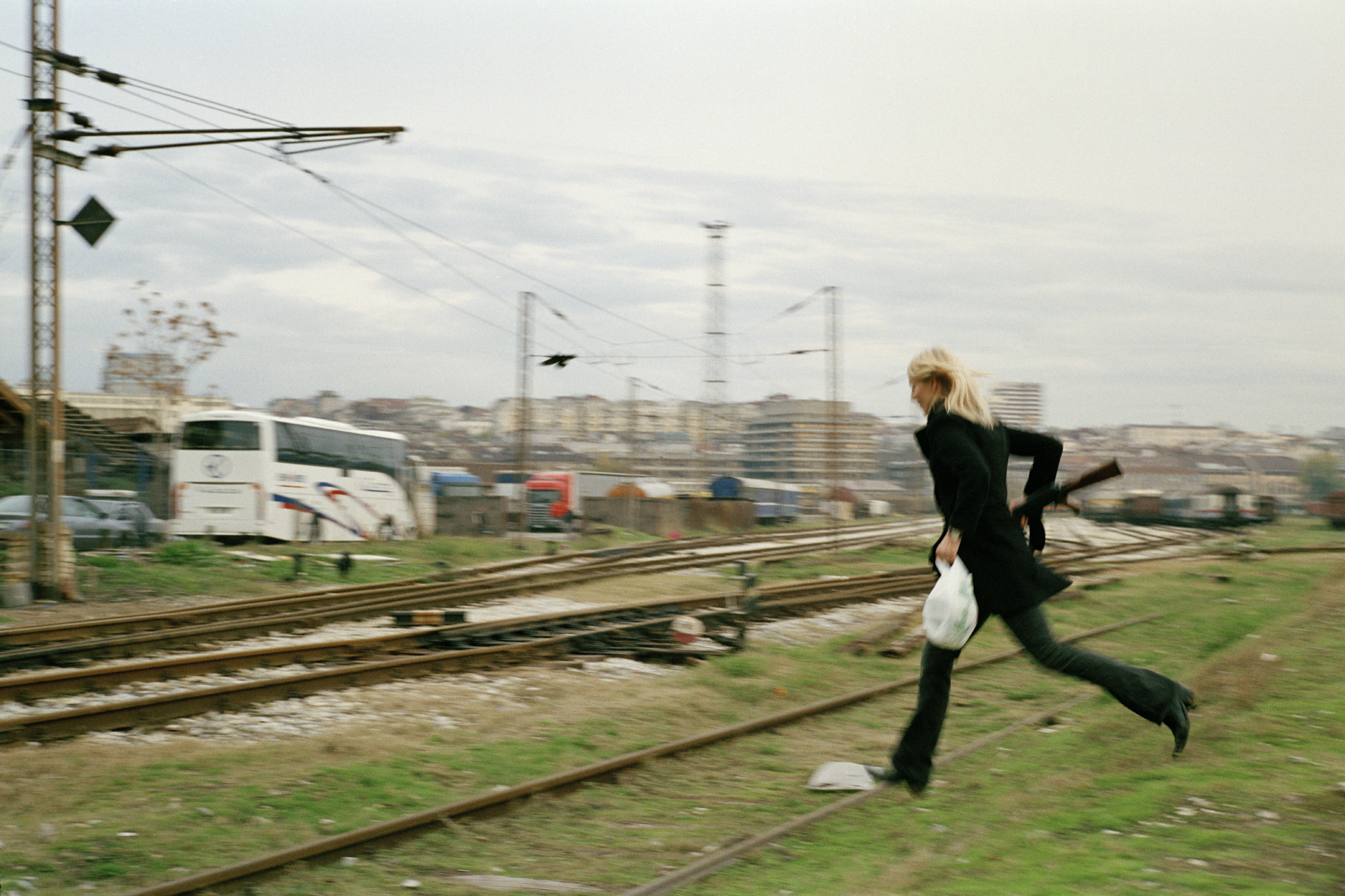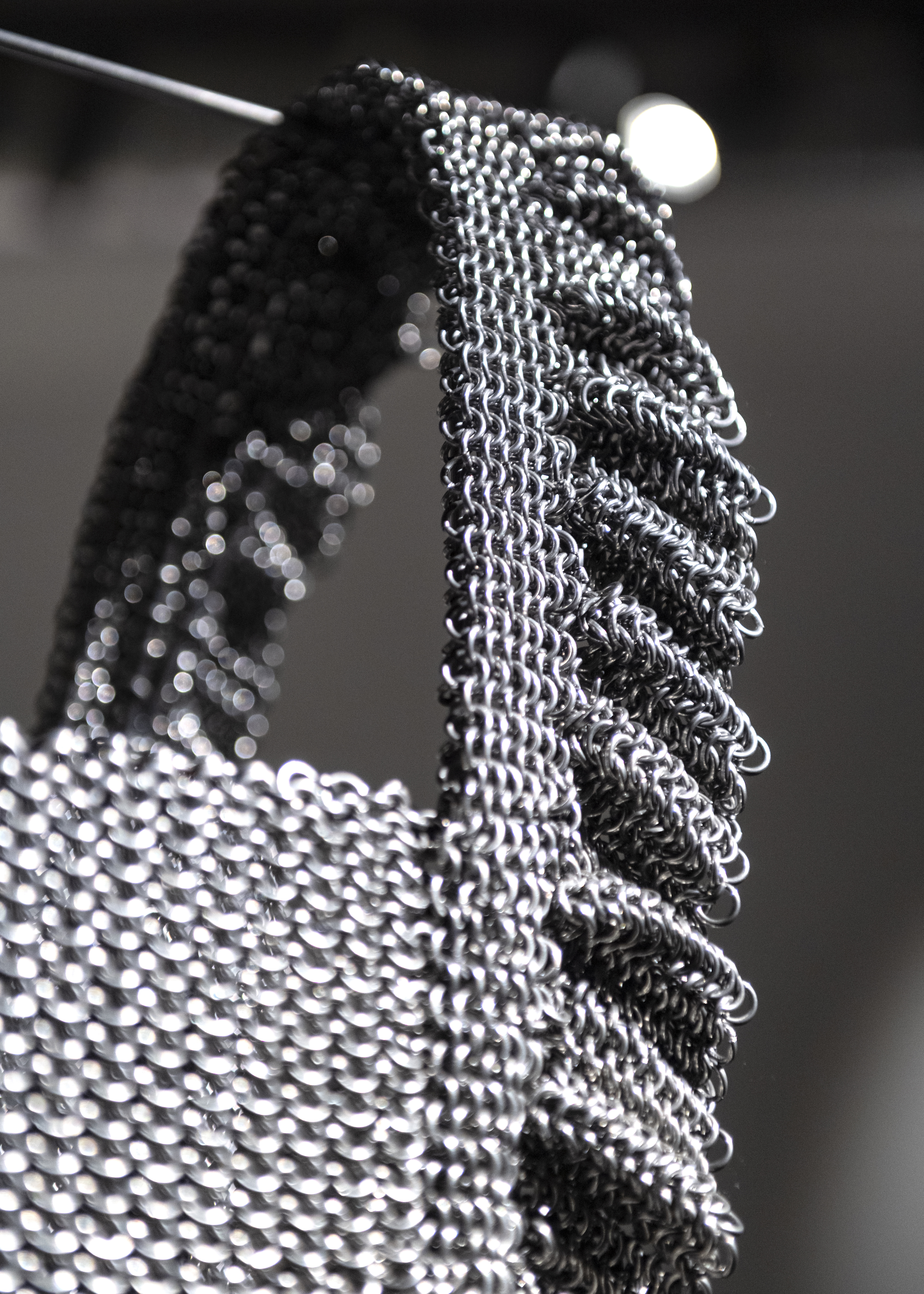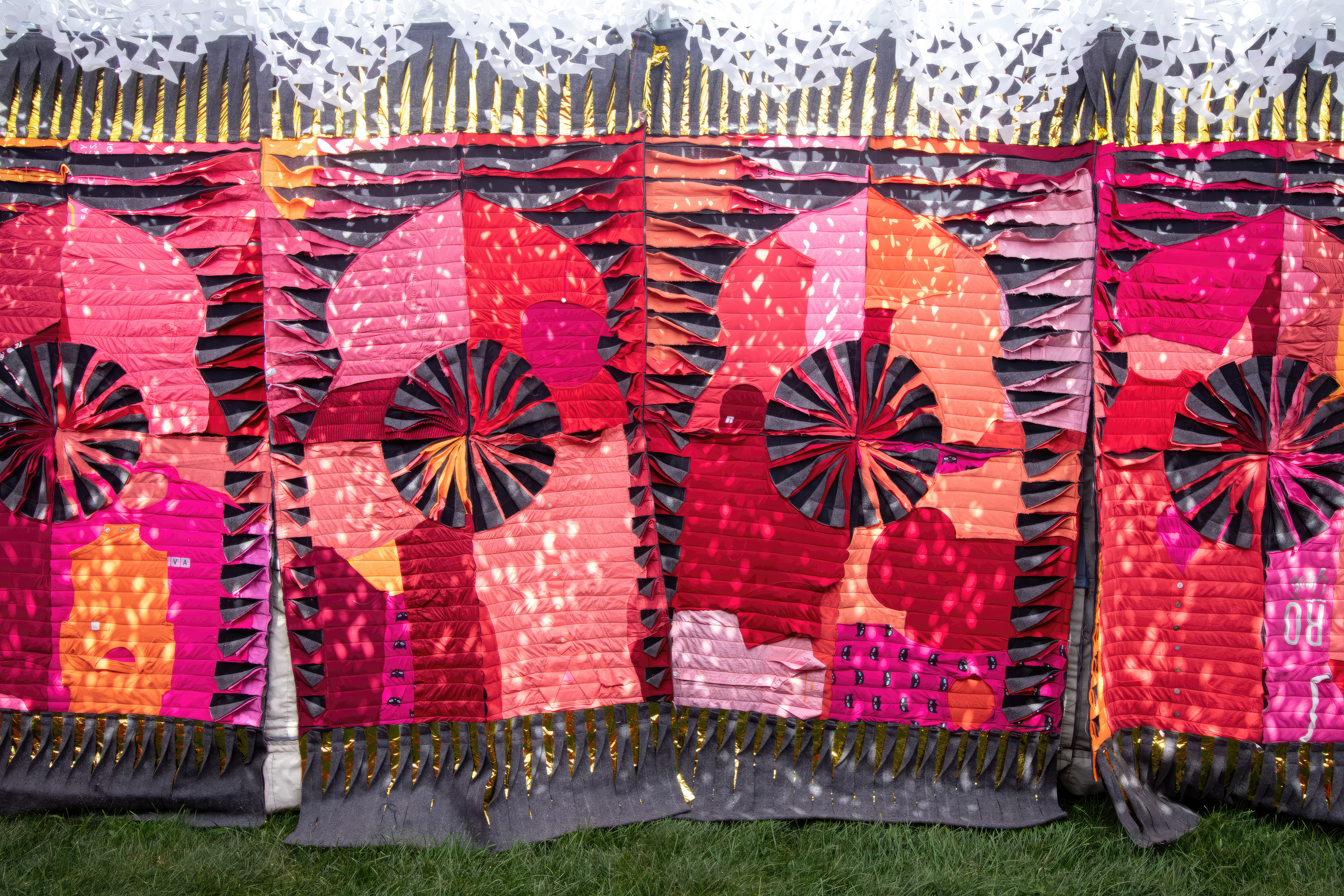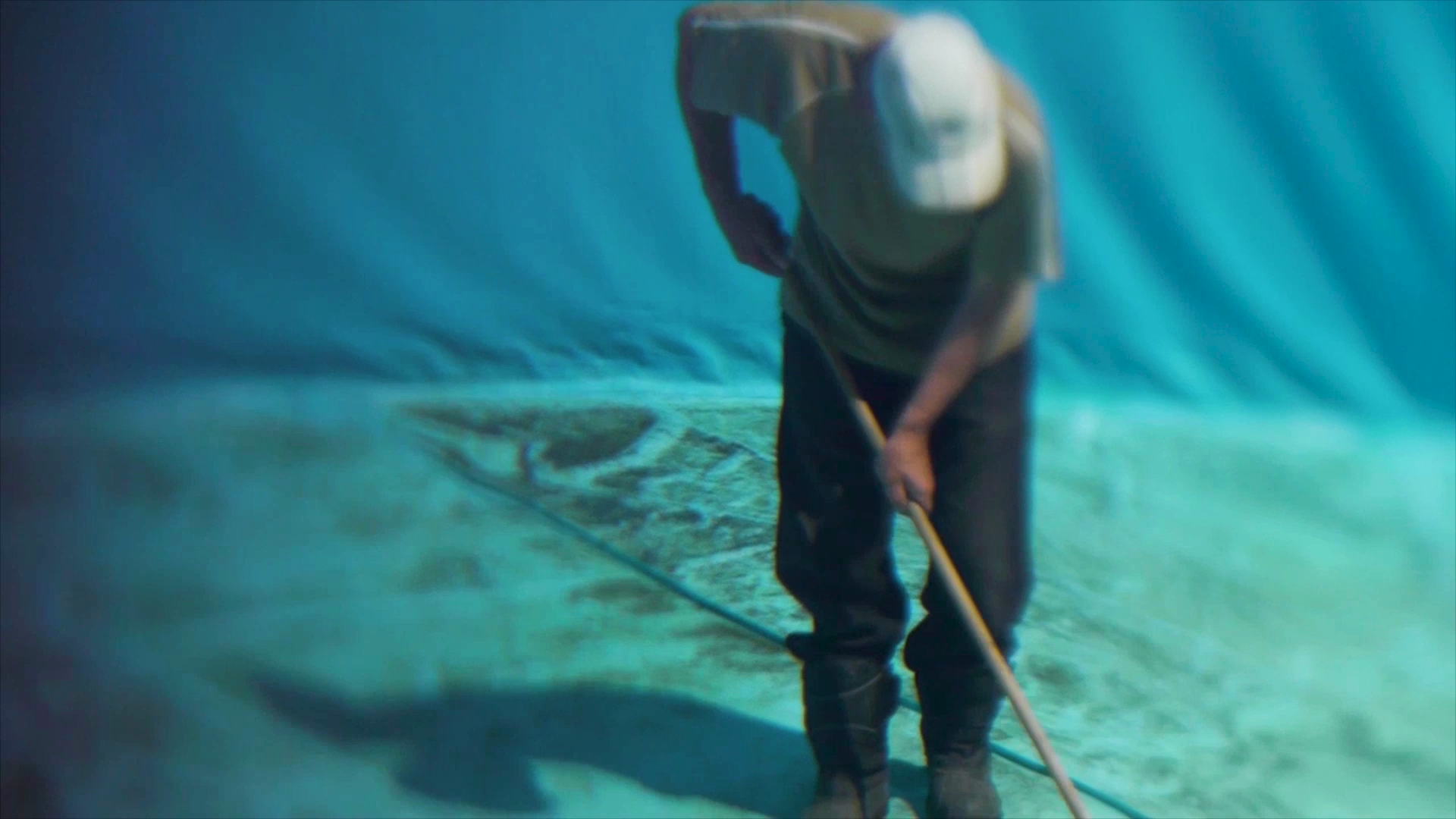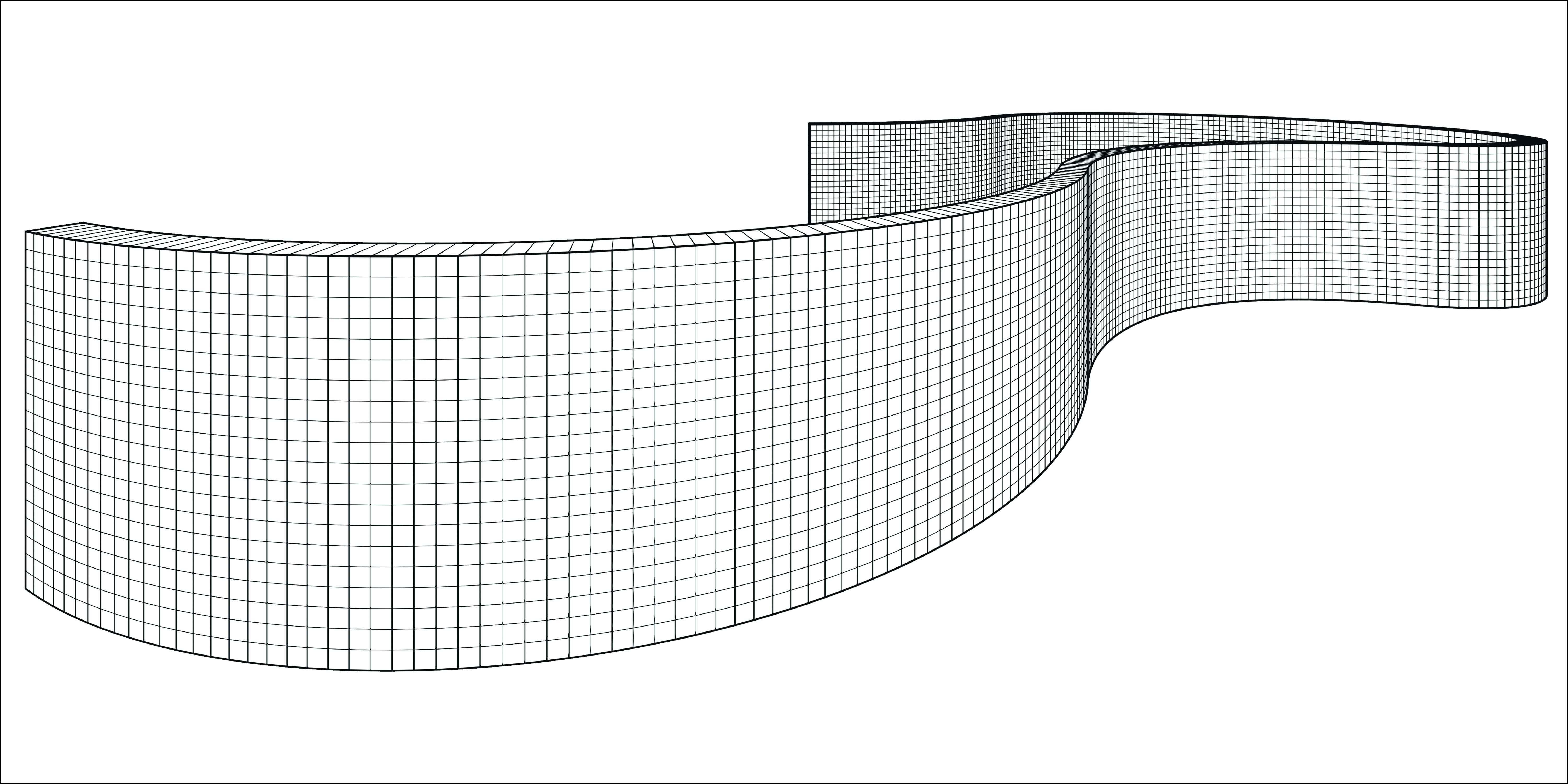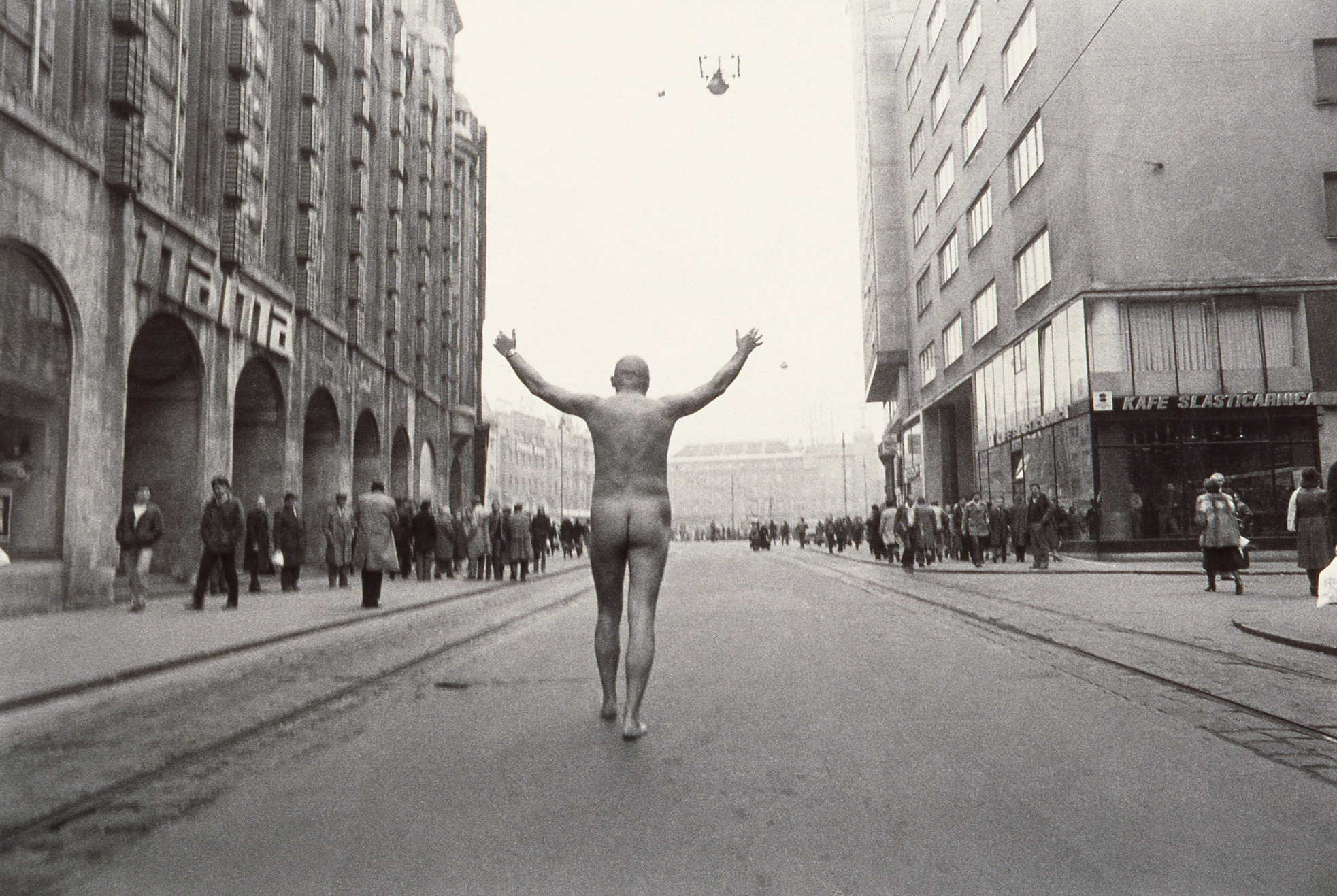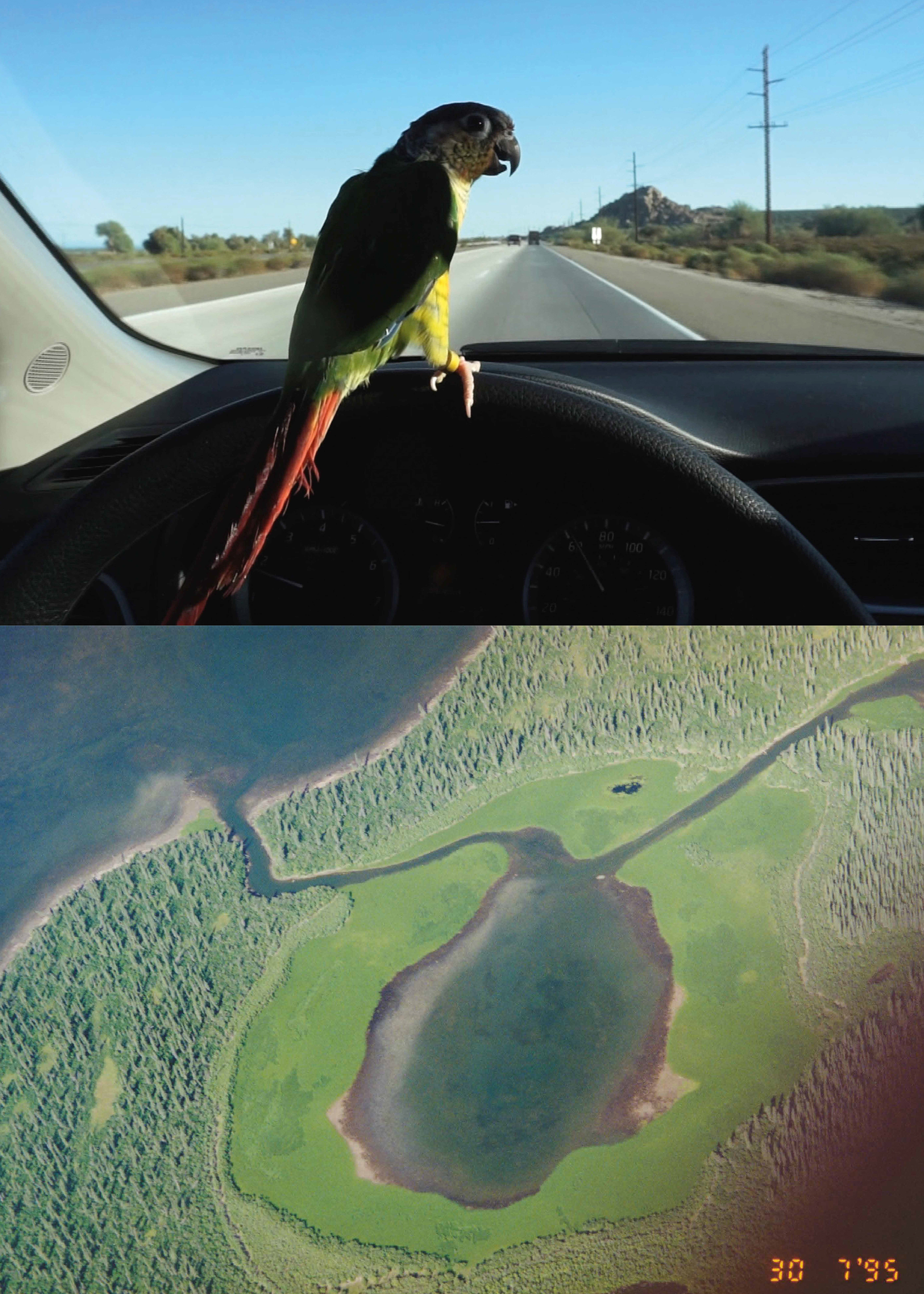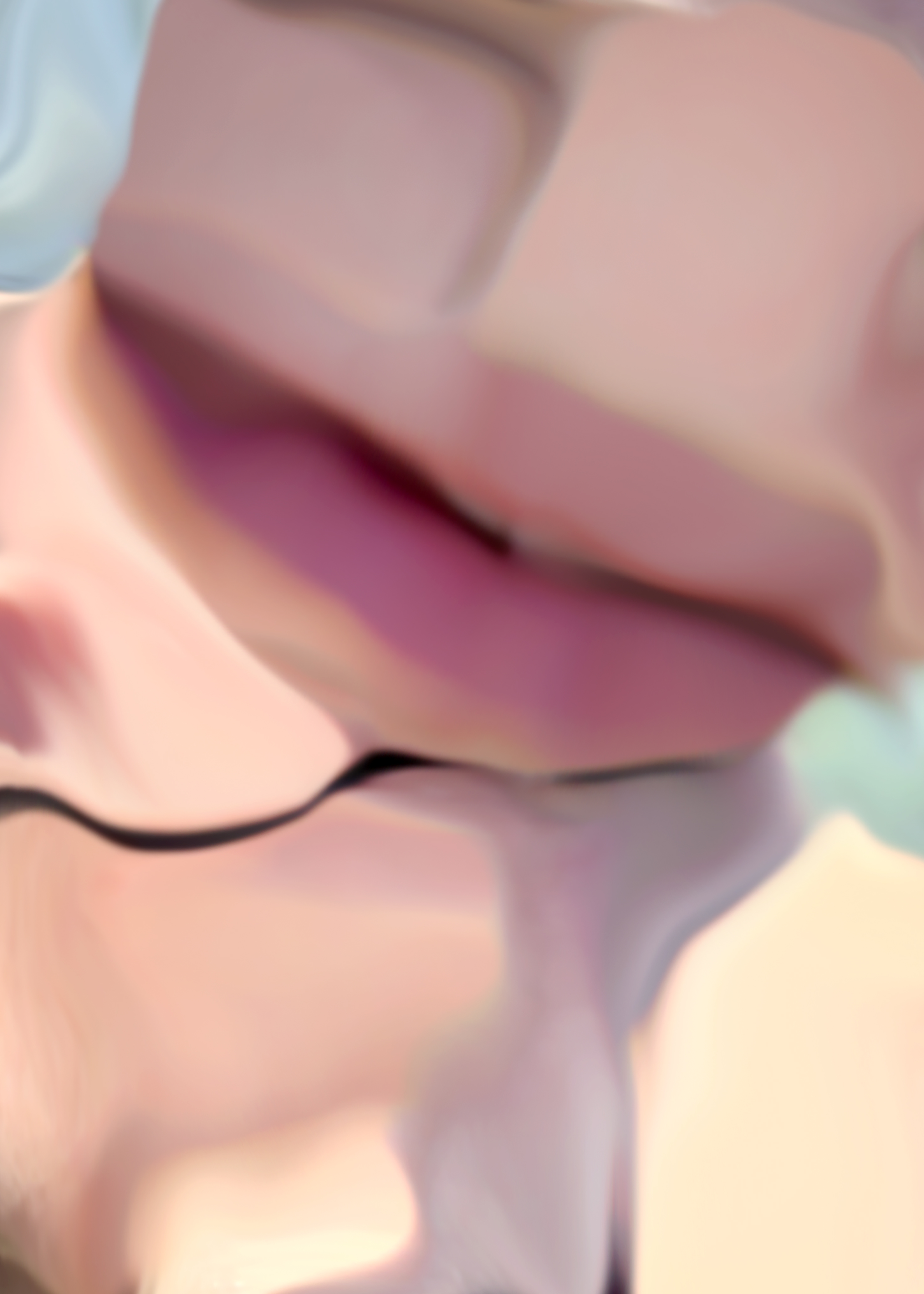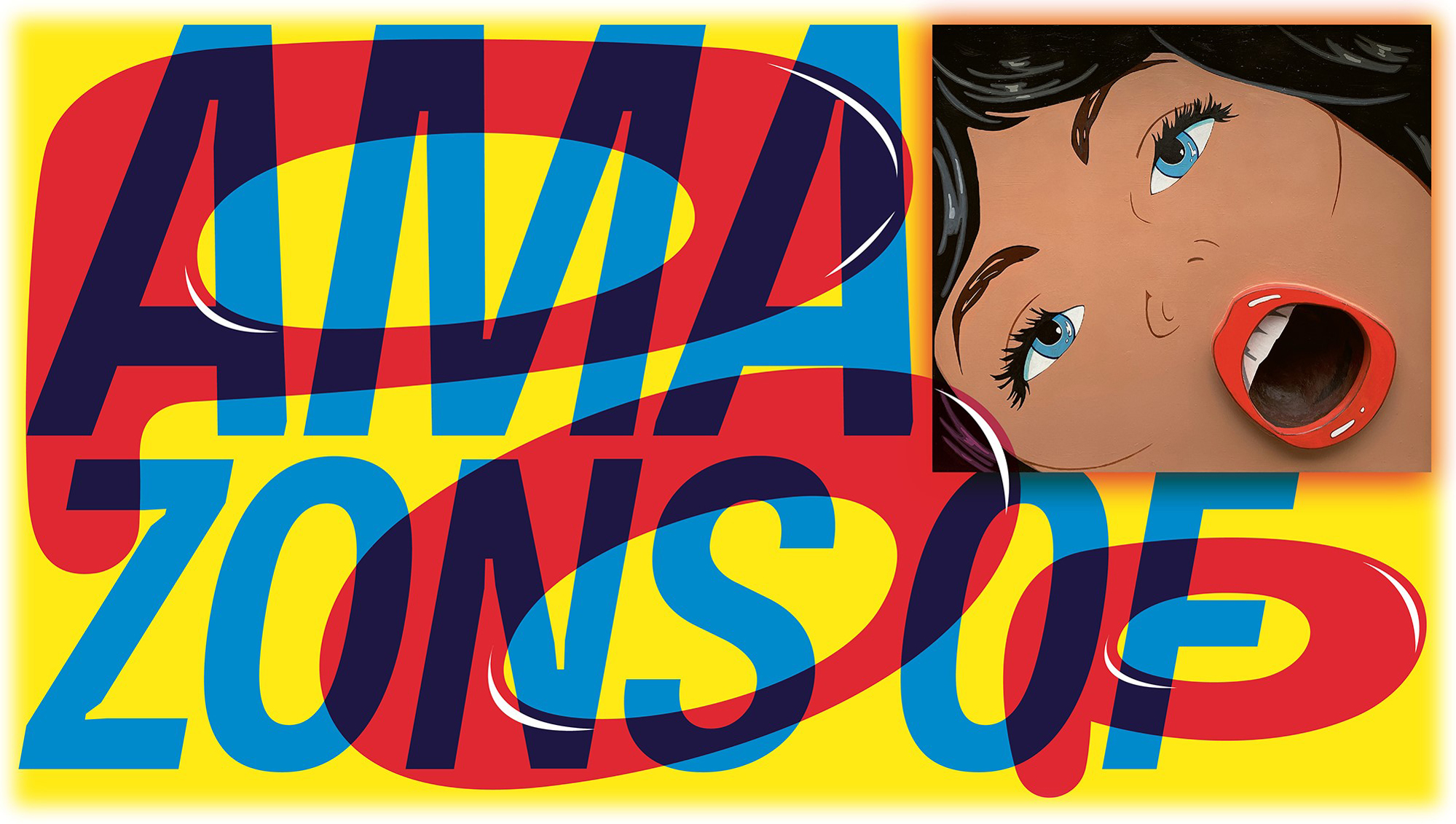Heimo Zobernig
June 7–September 1, 2013
Opening: June 6, 7pm
Kunsthaus Graz
Universalmuseum Joanneum
Lendkai 1, 8020 Graz
T +43 316/8017 9200
kunsthausgraz@museum-joanneum.at
In over 30 years of exhibiting, the Austrian artist Heimo Zobernig (born in Mauthen in 1958, lives in Vienna) has managed to prevent his multi-faceted work and its meaning from falling into the rigidity of an ‘œuvre’ and to remain mobile in altered contexts. The apparent pragmatism and concise style of Zobernig’s works are countered by a playful interaction with the concept of sculpture, which—studded with historical references and quotes—always raises more questions than it answers about the legacy of modernism and the actual present. This flexible approach to his own work becomes clear above all when Heimo Zobernig designs an exhibition like this for two venues as different as the neo-classicist Palacio de Velázquez of the Museo Nacional Centro de Arte Reina Sofía in Madrid (November 8, 2012–April 15, 2013) and the organic form of the Kunsthaus Graz. Particularly as Zobernig finds the floor on which a sculpture stands just as interesting as the sculpture itself; his installations are never chiselled into stone as such, but change according to the setting and altered conditions. Thus Zobernig’s work is as varied as the roles he assumes in the course of his projects: graphic artist, stage designer, director, architect, painter, sculptor, curator or critic. The heterogeneity of the concept of art is the motif underlying all of his work and shifts the oft-cited performative aspect of his œuvre into the foreground. In this way, Heimo Zobernig produces small shifts and variations that, on examination, create a deceptive sense of both familiarity and alienation. For a series of fairly similar canvas pictures, for example, Zobernig uses monochrome and pure colours—’dotting’ these, however, with linguistic signs. On closer inspection, these signs generate notions and contentions that make terms resemble a watermark in the monochrome surface, producing something like a sound. Hung on in-house partition walls clearly marked with the traces of past exhibitions, the paintings merge with the contents formulated on them and with their physical surroundings. This is an example of how the medium—painting in this case—moves freely beyond its borders in Heimo Zobernig’s work.
The catalogue to the exhibition (published by Verlag der Buchhandlung Walther König, Cologne) is also given a non-conformist design by Heimo Zobernig, so releasing it from the constraints of the book medium and the common notion of what a book is, should be and must be able to do.
Curator: Peter Pakesch
Exhibition organised by the Museo Nacional Centro de Arte Reina Sofía and the Kunsthaus Graz.
